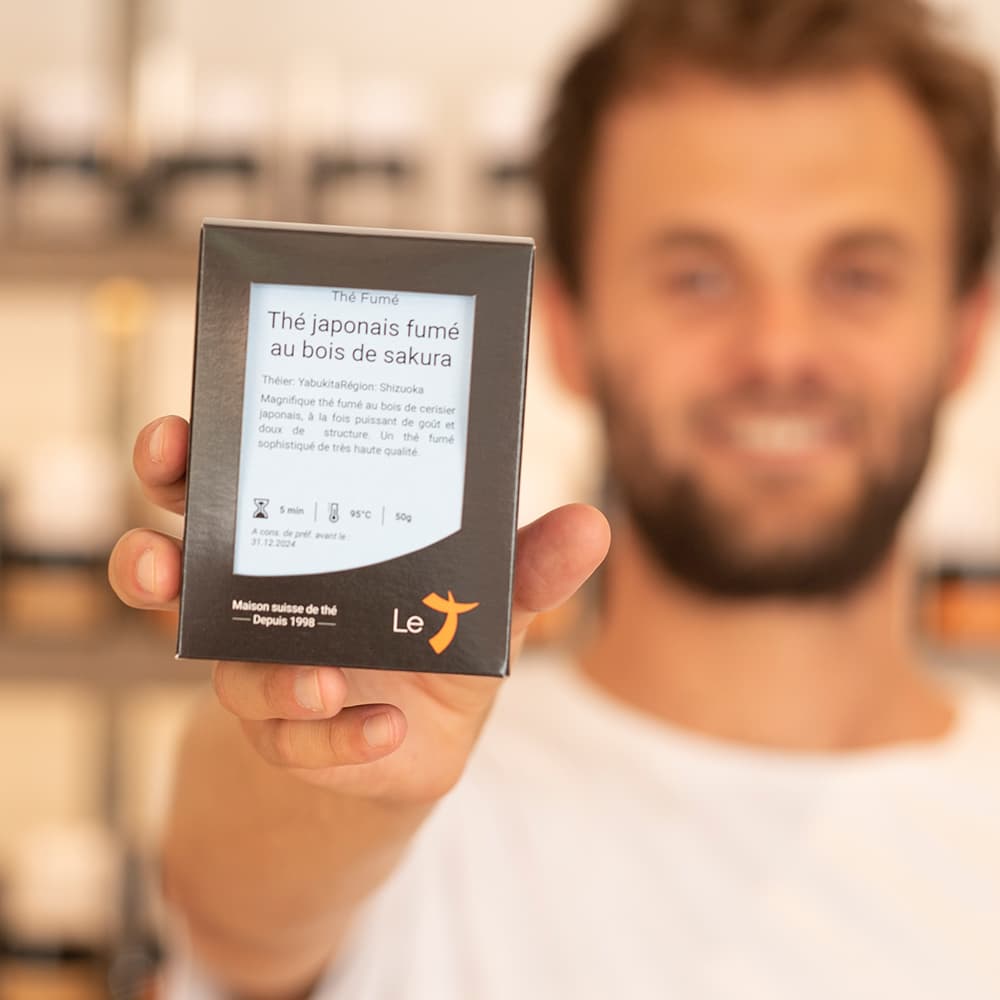Everything you need to know to make a good cup of tea!
Although it may seem trivial, preparing a good tea cannot be completely improvised. There are certain parameters to respect to obtain an infusion allowing you to fully extract the quintessence of your tea: temperature and quality of the water, infusion time and dosage.
Below you will find all the information you need to easily prepare quality tea. You will also find on each of our tea packet, the temperature and infusion time we recommend.
How do you brew hot tea?
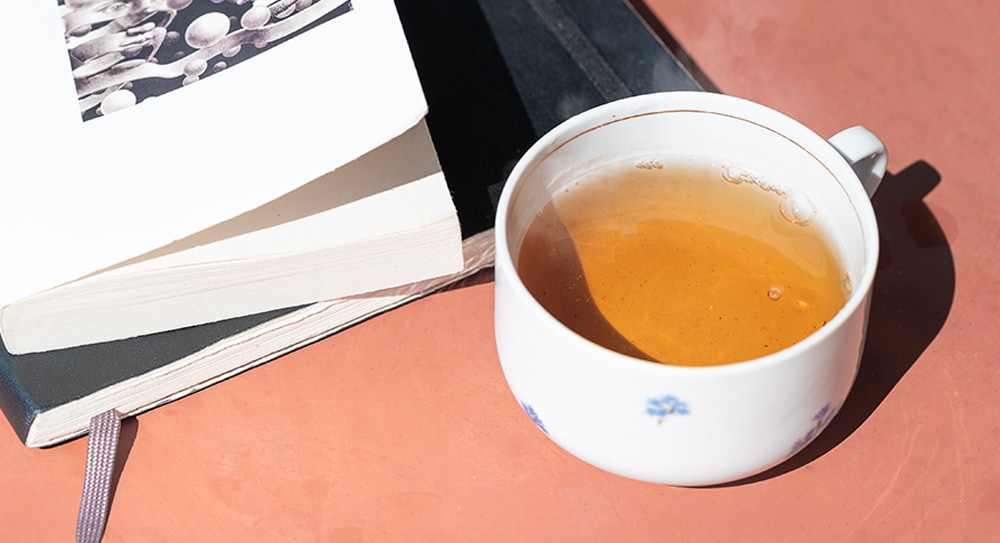
There are several methods for brewing tea. Here's a generic one, known as the 'Western' method, which allows to easily brew wonderful teas.
Choose a neutral-smelling teapot or cup and, wherever possible, use a large filter to allow the leaves to open unhindered. Count between 1.5 and 2 grams of tea per 2 dl, and brew in water with low limestone. For this, use filtered water.
Finally, to enjoy the perfect cup of tea, stick to the water temperature and brewing time indicated on the packet. Most teas can be brewed with boiling water. However, this is not the case for more delicate teas such as white or green teas, which we recommend to infuse at a maximum temperature of 70 degrees. Sometimes even lower - we recommend 60 degrees for Japanese green teas. Water that is too hot will 'burn' the leaves and create bitterness.
Good quality white, green, oolong and Pu-erh teas can be brewed several times, around 2 to 4 times depending on the tea and the quantity used.
Water Temperature
95°C ≈ Boiling water.
70°C ≈ 1/4 cold water + 3/4 boiling water.
60°C ≈ 1/3 cold water + 2/3 boiling water.
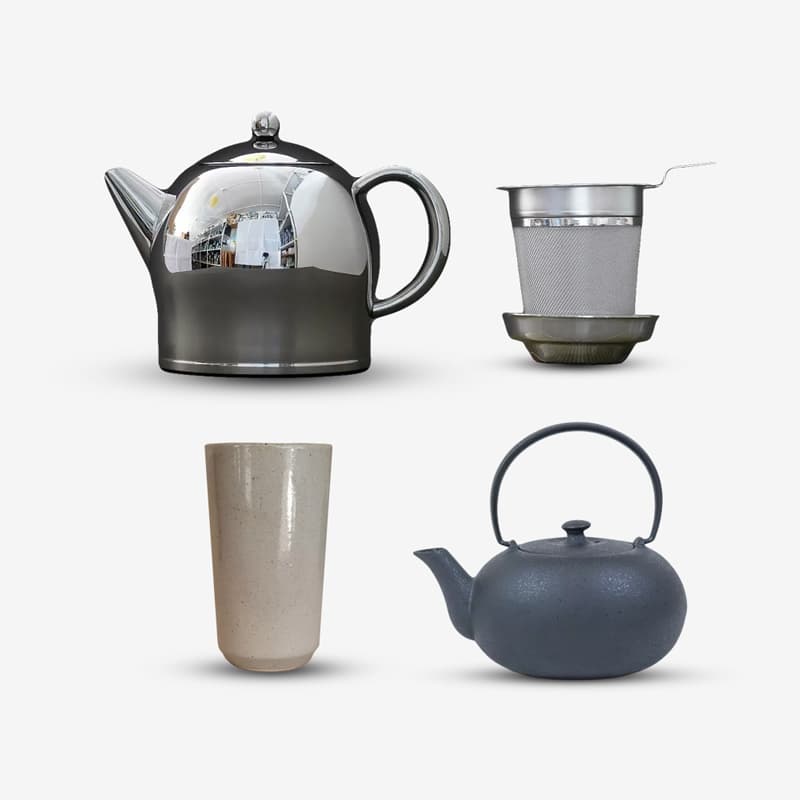
Our accessories for preparing tea
Find our teapots and bowls, essential tools to fully enjoy your tea. Our offer ranges from cast iron teapots to stainless steel teapots and artisanal Chinese bowls.
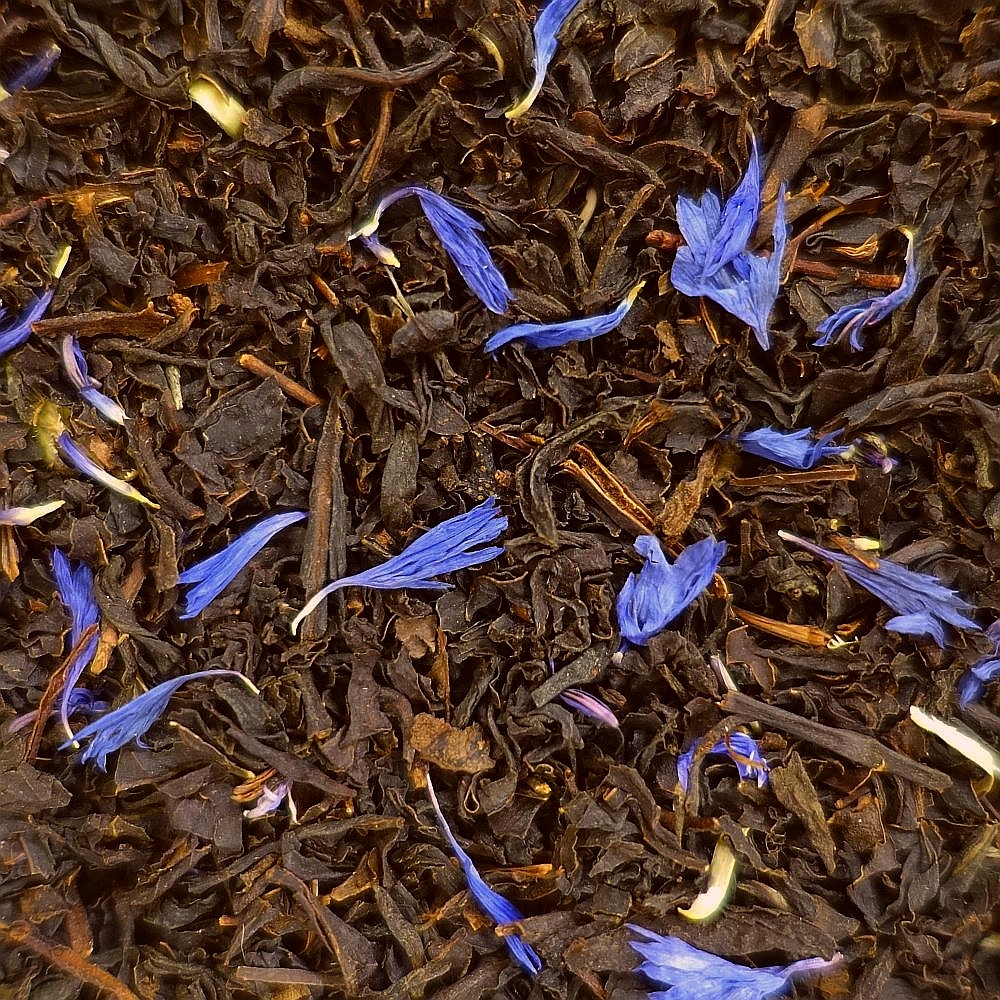
Our current tea suggestions
Our selection of teas and herbal teas which are particularly suited to the season.
Choose a quality tea to enjoy the benefits of this ancestral drink.
How many times can I brew my tea leaves?
For good quality loose leaf teas, especially with white, green, Oolong and Pu-erh teas, you can brew the same leafs several time. Follow the process desribed above, two to four times in the same half-day. Drain well between infusions. You will notice the evolution of the taste of the tea between the different brews, which each time reveals new facets of a great tea.
Other brewing techniques allow tea to be brewed several times. Often by making multiple very short infusions with lots of tea leaves in a small volume of water. This is particularly the case for Gong Fu Cha in China or Senchado in Japan.
Is it better to make loose tea or tea bags?
In general, you'll get a better result with loose leaf tea.
The first big difference is in the quality of the leaves used. Often, tea bags have cut and incomplete leaves, as well as tea dust. These elements tend to make the tea more bitter, whereas full leaves are rounder and more balanced on the palate. In addition to the appearance of the leaves, you will generally find a lower quality grade of tea in a tea bag.
That said, the quality of the leaves in loose leaf tea can also vary greatly from one tea to another. Quality varies according to the garden, the harvest, the farmer's work, the freshness of the leaves, etc. That's why our Tea House does a huge amount of work to select the best harvests year after year. We also carry out meticulous packaging to preserve the quality of the leaves, from harvest to cup.
Finally, while tea bags can be practical in certain situations, loose tea generates much less waste. Whether you brew it using a reusable filter, or in a teapot, you avoid throwing away the packaging needed for each cup of tea in a bag.
Interested in our selection of pinnacle loose leaf teas? See our exclusive selection here.
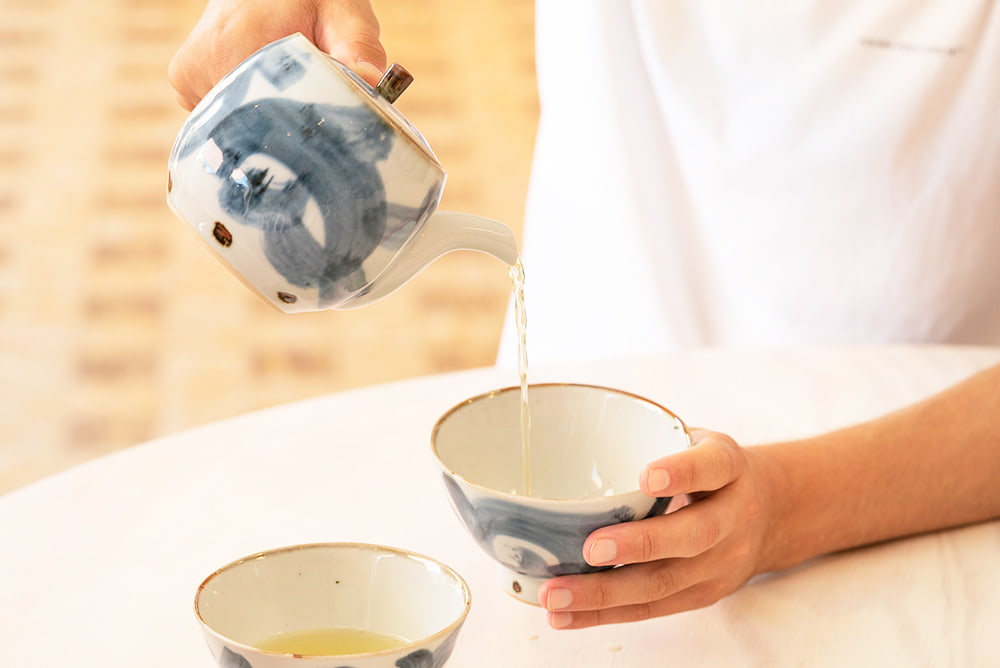
What is the perfect teapot?
It is difficult to define the ideal teapot, it will depend on the tea chosen and your tastes. In general, a teapot that leaves room for the leaves to develop and is neutral in taste is preferred. Here is a quick overview of what we offer.
Mono teapots: these glass teapots are ideal for brewing all types of tea. Their very spacious filters allow the leaves to open and swim freely in the teapot. Made of glass, they have an elegant design which allows you to admire the color of the infusion.
Cast iron teapots: These traditional teapots are equally suitable for all categories of tea. You can preheat the cast iron with boiling water before brewing if you want to keep your tea hot longer. We particularly recommend the fonts of the prestigious Wazuqu brand. The Japanese Foundry Masters have been in the same family for 15 generations and have guaranteed the quality of their teapots since 1604. In addition to their refined design, they are all enameled on the inside to protect against rust, and flow perfectly. Real jewels!
Bredemeijer teapots: these teapots are ideal for keeping tea hot for a long time thanks to their double stainless steel walls. All kinds of teas can be prepared with them, but they are particularly suitable for black tea that you only brew once and want to keep hot.
Yixing teapots: traditional Chinese terracotta teapots, suitable for Gong Fu Cha. Ideal for Oolong or Pu-erh teas. These are teapots that imbue the taste of tea. It is therefore recommended to keep a teapot for the same tea or the same type of tea (and especially not to use with flavored tea).
Kyusu teapots: traditional Japanese teapots, perfect for brewing green tea several times. In a very refined style with their handle on the side, in the purest Japanese style.
Interested in a new teapot? Find our assortment online. Other teapots are available depending on our stocks in our store in Gland.
10+ year old archive video explaining how to make green tea (in french)
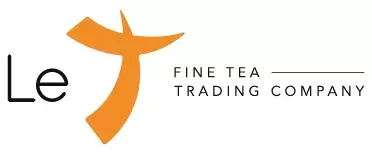
 English
English  Français
Français
